Revolutionizing Illumination: The Key Inventions That Paved the Way for the Light Bulb
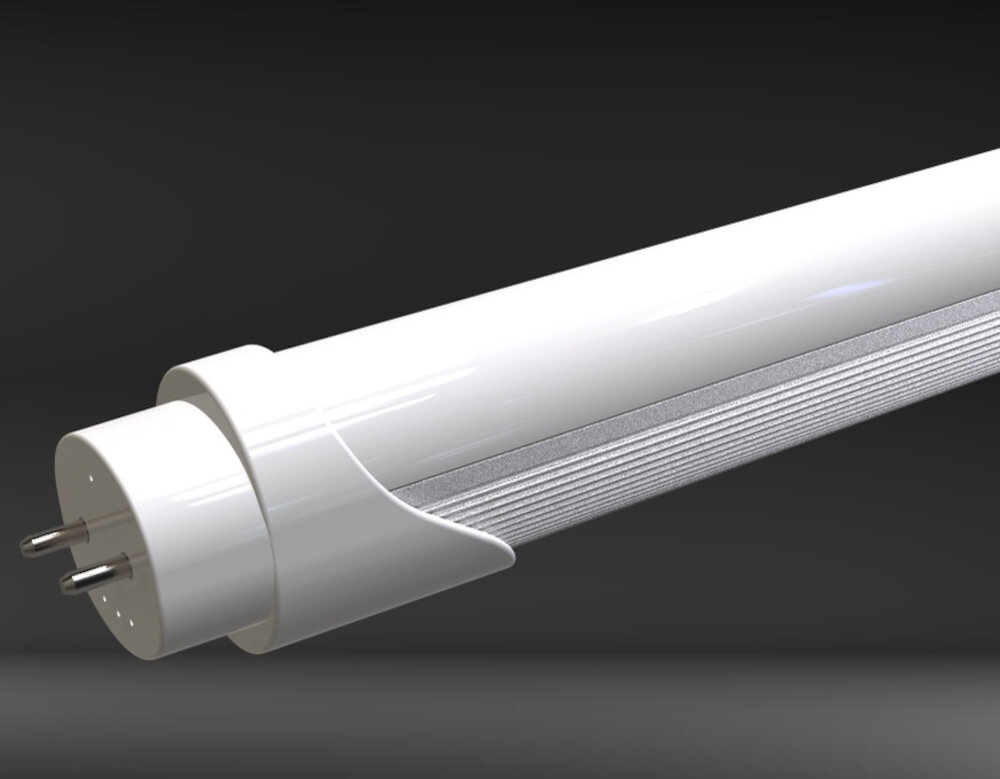
The advent of the light bulb revolutionized the way people live and work, providing a source of illumination that could be easily controlled and powered. However, the development of this technology was not a straightforward process. It involved the work of many inventors and scientists who made key discoveries and innovations that paved the way for the eventual creation of the light bulb. From the discovery of electricity to the development of filament materials, there were many important milestones along the way. This article will explore some of the key inventions that contributed to the development of the light bulb. We will begin by discussing the discovery of electricity and how this laid the foundation for the development of electric lighting. We will then move on to talk about the early experiments with light bulbs, including the work of inventors like Humphry Davy and Joseph Swan. Finally, we will discuss the key breakthroughs that led to the creation of the modern light bulb, including the development of new filament materials and the invention of the vacuum pump. By understanding the history of this transformative technology, we can better appreciate the impact that it has had on our lives and the world around us.
Throughout history, illumination has played a crucial role in shaping human civilization. The invention of fire allowed early humans to extend their waking hours beyond the setting sun, while the development of candles and oil lamps provided light during the dark hours of the night. With the advent of electricity, illumination technology advanced rapidly, with inventors and scientists racing to create a reliable and efficient way to light up homes and cities. The invention of the light bulb in the late 19th century revolutionized the way we live, work and play, and paved the way for modern-day conveniences such as 24-hour businesses and round-the-clock entertainment. Today, illumination continues to be an essential aspect of our daily lives, and the ongoing innovation in lighting technology promises to make our world brighter and more sustainable than ever before.
The need for better lighting was a major driving force behind the invention of the light bulb. Prior to the development of electric lighting, illumination was provided by candles, oil lamps, and gas lamps. These sources of light were expensive, dangerous, and often unreliable. Inventors and scientists of the 19th century began searching for a better solution. They experimented with various materials and technologies, including arc lamps, incandescent filaments, and vacuum tubes. Finally, in 1879, Thomas Edison successfully created a practical and reliable electric light bulb, which revolutionized the way people lived and worked. The invention of the light bulb paved the way for countless other innovations, from home appliances to the internet, and changed the course of human history.
The Discovery of Electricity
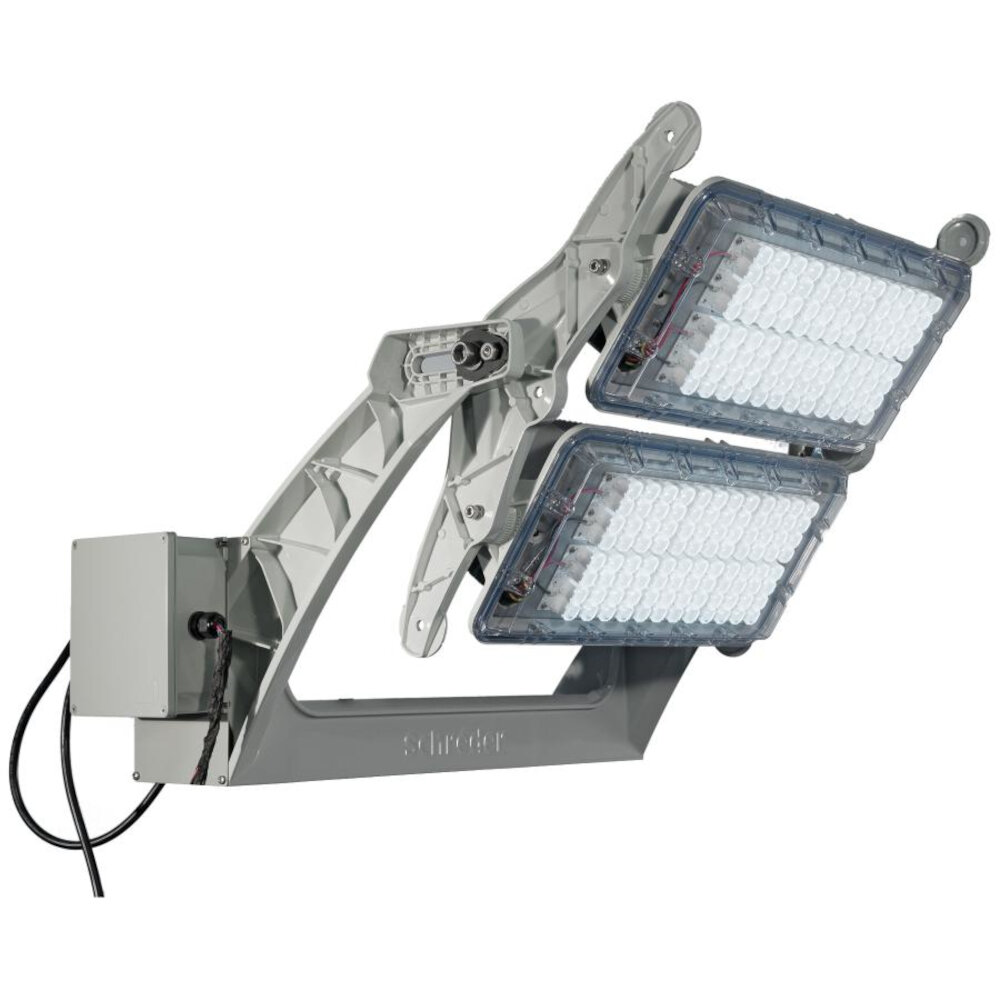
The discovery of electricity is one of the most important events in the history of humanity. It is a discovery that has revolutionized the world and changed the way we live our lives. The discovery of electricity was not a sudden event, but rather a series of discoveries and inventions that led to the electricity we know today. The discovery of electricity began with the ancient Greeks, who discovered static electricity by rubbing fur on amber. This discovery led to the development of the first electrostatic generator, which was invented by Otto von Guericke in the 17th century. In the 18th century, Benjamin Franklin conducted his famous kite experiment, which proved that lightning was a form of electricity. This discovery led to the development of lightning rods, which protected buildings from lightning strikes. The next major discovery in the field of electricity was the invention of the battery by Alessandro Volta in 1800. This invention allowed scientists to produce a steady flow of electricity, which led to the development of the first electric motors and generators in the 19th century. The work of Michael Faraday and James Clerk Maxwell in the 19th century led to the development of the theory of electromagnetism, which explained the relationship between electricity and magnetism. This theory led to the development of the first telegraph in the mid-19th century, which revolutionized long-distance communication. The discovery of electricity paved the way for the development of the light bulb, which would revolutionize the way we live our lives.
The 18th century saw remarkable advancements in the field of electricity. Two of the most prominent figures to contribute to this field were Benjamin Franklin and Alessandro Volta. Franklin’s famous kite experiment in 1752 proved that lightning was a form of electricity, and he also introduced the concepts of positive and negative charges. Volta, on the other hand, invented the first electric battery in 1800, which paved the way for the development of modern-day batteries. His invention also led to the discovery of the principle of electrochemical reactions, which revolutionized the study of electricity. The contributions of Franklin and Volta in the field of electricity have had a lasting impact on modern technology and continue to shape our world today.
The discoveries made by scientists and inventors such as Alessandro Volta, Michael Faraday, and Thomas Edison in the fields of electricity and magnetism paved the way for the development of electrical power generation and transmission. Volta’s invention of the first electric battery provided a constant source of electricity, while Faraday’s discovery of electromagnetic induction allowed for the conversion of mechanical energy into electrical energy. Edison’s development of the first practical incandescent light bulb and his creation of the first power station in New York City in 1882 revolutionized the way humans lit their homes and cities. These inventions, combined with the development of electrical power grids, allowed for the widespread distribution of electricity and the modernization of society.
The Incandescent Lamp
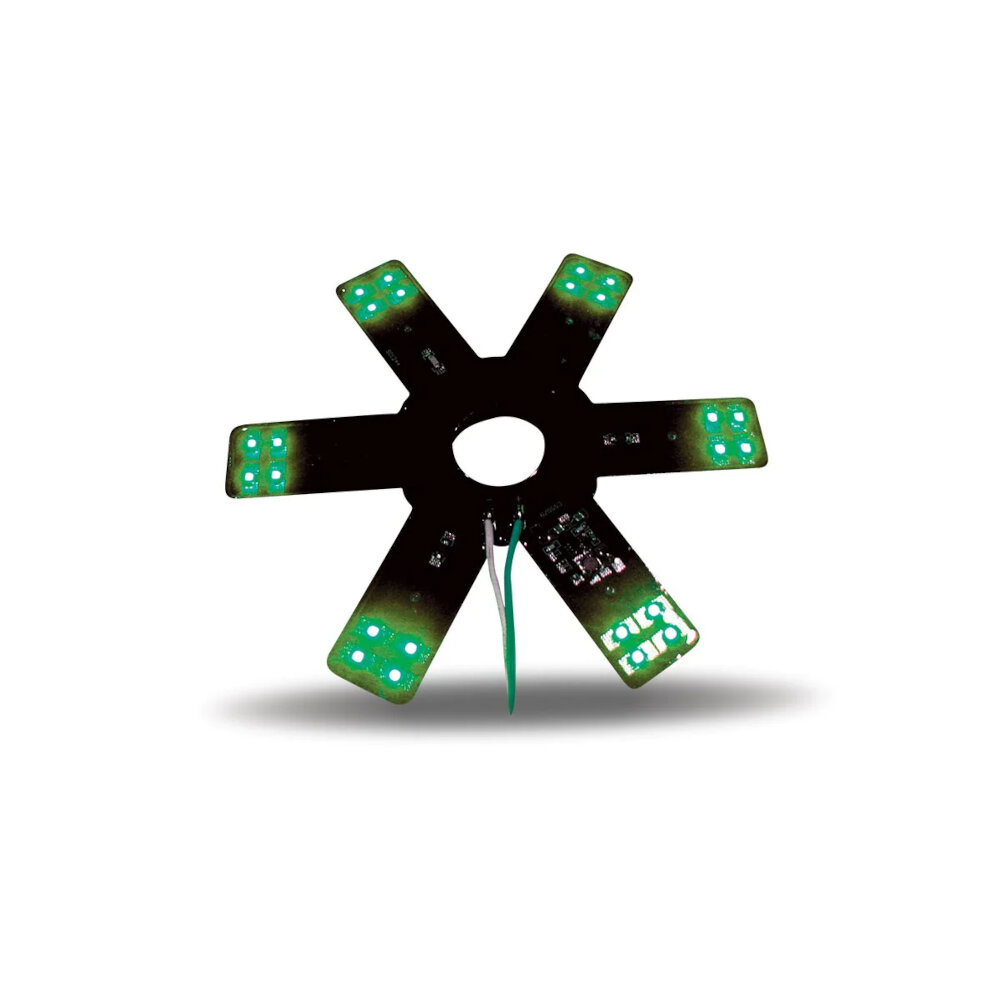
The incandescent lamp is undoubtedly one of the most revolutionary inventions of all time. It is a type of electric light that uses a filament to produce light when an electric current passes through it. The concept of incandescent lamps dates back to the early 19th century, but it was not until the late 19th century that a practical and efficient version of the lamp was developed. The invention of the incandescent lamp changed the way people lived and worked. It allowed for longer work hours and increased productivity, and it also made it possible for people to enjoy their evenings in a well-lit environment. Despite the significant benefits of the incandescent lamp, it also had its drawbacks. It consumed a lot of energy and produced a lot of heat, which was not only inefficient but also posed a fire hazard. The development of more efficient lighting technologies, such as LED and fluorescent lamps, has decreased the popularity of incandescent lamps. However, the incandescent lamp remains an important invention, as it paved the way for the development of other lighting technologies and revolutionized the way we light up our world.
The early attempts at creating light bulbs date back to the early 1800s, with inventors such as Humphry Davy and Frederick de Moleyns experimenting with electric arcs and incandescent materials. However, it wasn’t until the late 1800s that Thomas Edison’s invention of the first practical incandescent light bulb revolutionized illumination. Edison’s bulb used a carbon filament that could burn for hours, and he also developed a system for electricity distribution that made the widespread use of electric lighting possible. Other inventors such as Joseph Swan and Hiram Maxim also made significant contributions to the development of the light bulb during this time period. Despite the many challenges and setbacks that early inventors faced, their perseverance and ingenuity paved the way for the modern lighting industry.
Thomas Edison’s invention of the incandescent lamp was a groundbreaking achievement that revolutionized illumination. In 1879, Edison successfully created a long-lasting and practical electric light bulb using a carbon filament and an efficient vacuum system. This invention was a game-changer as it replaced the hazardous and unreliable gas lamps that were in use at the time. The impact of Edison’s invention was felt worldwide as it made electric lighting available to the masses, improved working conditions in factories, extended the hours of productivity, and created new opportunities for leisure and entertainment. The incandescent lamp paved the way for further innovations in lighting technology and remains an essential part of our lives today.
Fluorescent Lighting
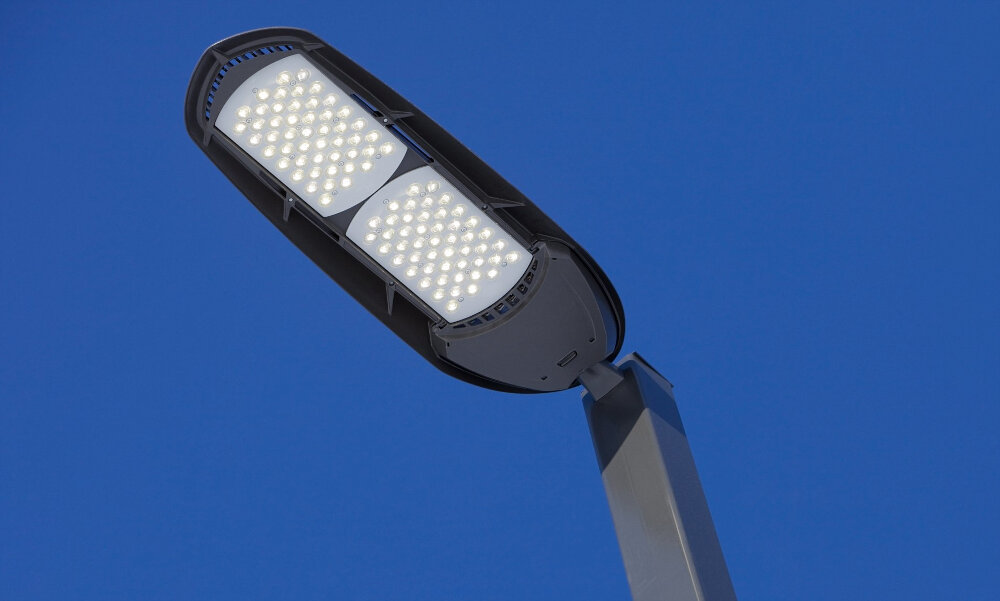
Fluorescent lighting is a type of illumination that uses a gas discharge to produce light. This technology has gained popularity due to its energy efficiency and long lifespan compared to traditional incandescent bulbs. The fluorescent tube consists of a tube filled with a low-pressure gas, typically mercury vapor, that emits ultraviolet radiation when excited by an electric current. The inner surface of the tube is coated with a fluorescent material that absorbs the ultraviolet radiation and emits visible light. The color of the light emitted by the tube can be adjusted by changing the type of fluorescent material used. Fluorescent lighting has revolutionized the way we light our homes, offices, and public spaces. They are more efficient than incandescent light bulbs, requiring up to 75% less energy to produce the same amount of light. This means that they are cheaper to operate and have a longer lifespan, reducing the need for frequent replacement. They are also more environmentally friendly, as they produce less heat and greenhouse gases. Additionally, they are available in a variety of colors, making them ideal for use in different settings such as retail stores, hospitals, and schools. Fluorescent lighting has become a staple in modern lighting design, and its continued development has led to improvements in energy efficiency and color rendering.
Fluorescent lighting is a modern and energy-efficient alternative to traditional incandescent lamps. Unlike incandescent bulbs, which work by heating a filament until it glows, fluorescent lamps use a gas and a small amount of mercury vapor to create UV light, which is then converted into visible light by a phosphor coating on the inside of the bulb. This process is much more efficient than heating a filament, which wastes a lot of energy as heat. Additionally, fluorescent lamps have a longer lifespan and emit less heat, making them safer and more cost-effective in the long run. While they were once known for their harsh, flickering light, modern fluorescent lamps are available in a range of colors and have been improved to eliminate this issue.
Fluorescent lighting works by exciting mercury vapor to produce ultraviolet light, which then interacts with a phosphorescent coating on the inside of the bulb to create visible light. This process is more efficient than traditional incandescent bulbs, which rely on heating a filament to produce light. Fluorescent bulbs require less energy to produce the same amount of light, making them a more energy-efficient choice. Additionally, fluorescent bulbs have a longer lifespan than incandescent bulbs, reducing the amount of waste produced and the need for frequent replacements. Overall, the impact of fluorescent lighting on energy efficiency has been significant, contributing to a more sustainable and environmentally conscious approach to illumination.
LED Lighting

LED lighting is a game-changer in the world of illumination. It has revolutionized the way we light up our homes, offices, and streets. LED lights are energy-efficient, durable, and have a long lifespan, making them a popular choice among consumers. Unlike traditional incandescent bulbs, LED lights do not emit heat and are cool to the touch, making them safer to use. They also come in a wide range of colors, allowing for creative lighting designs that were not possible before. LED lighting has also played a significant role in reducing carbon emissions, making it a more eco-friendly option for lighting. The invention of LED lighting has paved the way for new and innovative lighting solutions. LED lights are now commonly used in streetlights, car headlights, and even in medical equipment. They have also made their way into the world of entertainment, with LED screens and lighting used in concerts and events. LED lighting has also made it possible for people in developing countries to have access to light without relying on expensive and polluting fuel sources. Overall, LED lighting has transformed the way we see and use light, and its impact will continue to be felt for years to come.
The history of LED lighting dates back to the early 20th century, but it was not until the 1960s that Nick Holonyak Jr. invented the first practical visible-spectrum LED. Holonyak’s invention was a significant breakthrough in the world of lighting, as it allowed for the development of energy-efficient and long-lasting lighting solutions. Unlike traditional incandescent bulbs, LED lights use semiconductors to convert electrical energy into light, resulting in a more efficient and cost-effective lighting option. Holonyak’s invention paved the way for the widespread adoption of LED lighting, which is now used in a variety of applications, from streetlights to electronic devices. The invention of LED lighting has revolutionized the way we illuminate our homes and businesses, and it continues to evolve as new technologies emerge.
LED lighting is a major breakthrough in the field of illumination that has surpassed traditional forms of lighting. LED lights offer several advantages over other lighting sources, such as incandescent and fluorescent bulbs. One of the primary benefits of LED lighting is energy efficiency, as LED lights consume significantly less energy than traditional bulbs. Moreover, LED lighting is more durable and long-lasting, with a lifespan of up to 50,000 hours, which translates into fewer replacements and maintenance costs. Additionally, LED lights produce less heat, making them safer to use and reducing cooling costs. Finally, LED lighting is eco-friendly, as it does not contain harmful chemicals such as mercury and can be easily recycled. Overall, LED lighting is a game-changer in the illumination industry, providing numerous advantages that make it the best choice for lighting solutions in various settings.
The history of illumination is a story of innovation and invention. From the flickering flames of ancient torches and candles to the bright, energy-efficient LED lights of today, lighting technology has come a long way. There have been many key inventions that have revolutionized illumination. The discovery of fire, the invention of the oil lamp, the development of the gas lamp, and the creation of the incandescent bulb are just a few examples. These inventions have not only made our lives brighter and more comfortable, but they have also paved the way for modern lighting technology. Without these revolutionary inventions, we wouldn’t have the advanced lighting systems that we have today.
The advancements in lighting technology have revolutionized the way we live our lives. From the invention of the incandescent light bulb to the development of LED lighting, these innovations have impacted society in numerous ways. For instance, they have provided us with greater energy efficiency, improved safety and security, and enhanced the aesthetics of our homes and public spaces. Moreover, lighting technology has also helped to promote sustainability and reduce our carbon footprint. With continued advancements in lighting technology, we can expect to see even more benefits, such as increased productivity, improved health and well-being, and the ability to create more immersive and interactive experiences. Overall, the impact of lighting technology on society cannot be overstated, and its continued evolution promises to bring about even more positive change in the future.
Conclusion
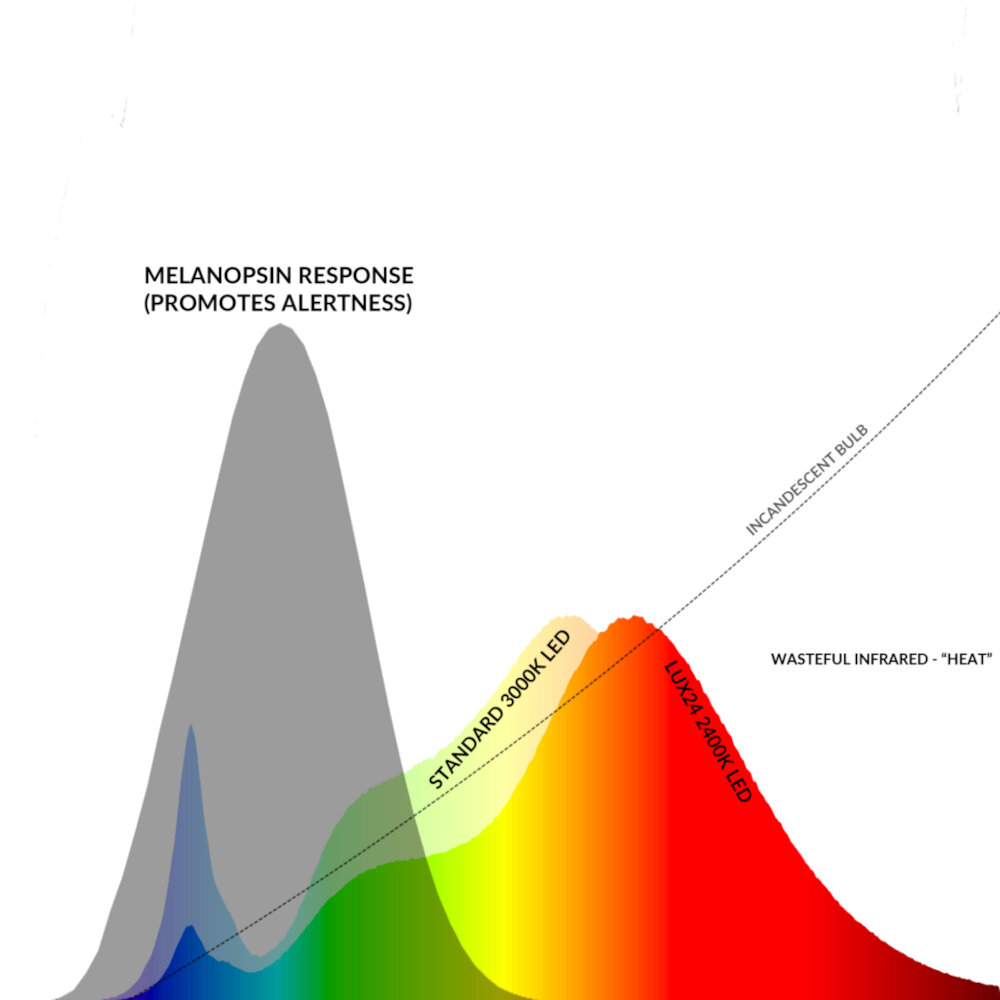
In conclusion, the light bulb is a revolutionary invention that has transformed the way we live and work. The key inventions that paved the way for this innovation were crucial in the development of the light bulb. From the discovery of electricity to the creation of incandescent filaments, these inventions have revolutionized illumination and paved the way for modern lighting solutions that have become an integral part of our daily lives. The development of the light bulb is a testament to human ingenuity and the endless possibilities of scientific progress. It is an invention that has truly illuminated the world and has left a lasting impact on society.




